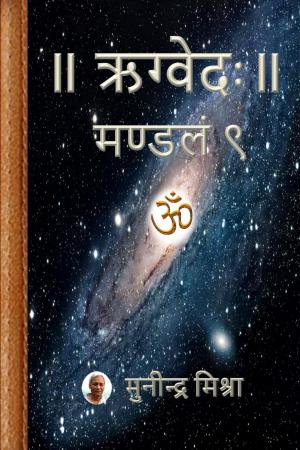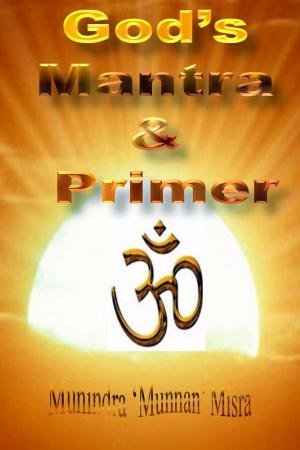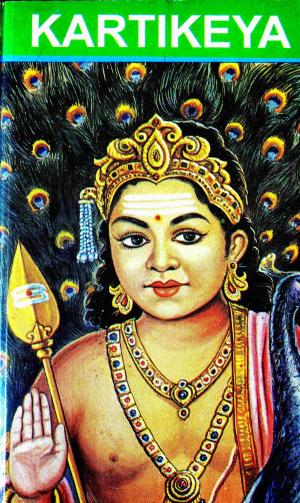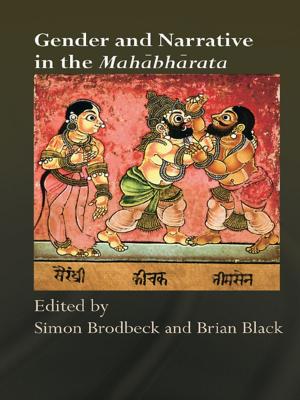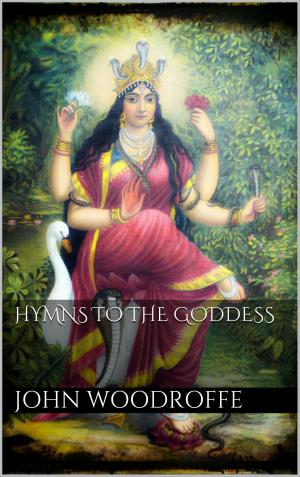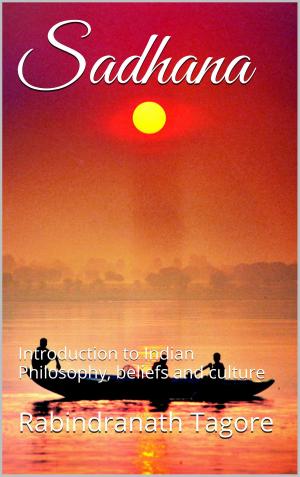Vrindavana- India's Garden Of Eden: Where God Walked On Earth
Nonfiction, Religion & Spirituality, Eastern Religions, Hinduism| Author: | Rajasekhara | ISBN: | 9781311938541 |
| Publisher: | Rajasekhara | Publication: | May 14, 2015 |
| Imprint: | Smashwords Edition | Language: | English |
| Author: | Rajasekhara |
| ISBN: | 9781311938541 |
| Publisher: | Rajasekhara |
| Publication: | May 14, 2015 |
| Imprint: | Smashwords Edition |
| Language: | English |
The Supreme Personality of Godhead Lord Shri Krishna resides on the planet known as Goloka. located in the anti-material universe known as Vaikuntha. The word Goloka means the planet (loka) of cows (go). This transcendental planet is situated in the far distant spiritual sky that lies beyond the universal covering, but when the Lord desires to appear on earth along with His eternal associates, the gopis and gopas, the cowherd girls and boys. He first manifests on the earthly plain His own spiritual abode where He will enact His transcendental pastimes for the benefit of the world. That abode of the Lord, when manifested on earth is called Gokula. The word ‘Gokula’ means the home (kula) of the cows (go). The spiritual abode of the Lord is also called Vrindavana which means forest (vana) of Vrinda (goddess of the forest) who has manifested in the form of the forest as its fauna and flora and specifically as the sacred vrinda trees, also called the tulasi bush. This transcendental realm of Gokula-Vrindavana, which is also called the holy Dhama (sacred abode), covers an approximate area of chaurasi-kosa or 168 miles in diameter, which is referred to as Vraja Mandala. The word ‘Vraja Mandala’ means the area (mandala) of Gokula-Vrindavana, which encompasses twelve sacred forests and innumerable rivers, lakes, hills, groves, and gardens. This entire realm is completely spiritual and is non-different from the original Goloka in the spiritual world, even though it exists within the material world.
The name Vraja Mandala specifically refers to the actual geographical area of the Lord’s earthly abode of Gokula Vrindavana, which is demarcated by precise boundaries and can be easily located on a map of the world. Therefore, anyone from any place on earth can visit this transcendental abode of the Lord at any time. This is one of the reasons why Lord Krishna has manifested His abode on the earthly plain, so that those who wish to become His devotees and surrender their lives to Him can go there and experience His transcendental presence and visit the places of His transcendental pastimes, even long after He has returned to the spiritual world. Another reason for manifesting this abode on earth is to give information to the fallen souls that there is another world, where the Lord and His devotees enjoy eternal life, completely free from all the pain and misery associated with life in this world of repeated birth, old age, disease, and death.
The Supreme Personality of Godhead Lord Shri Krishna resides on the planet known as Goloka. located in the anti-material universe known as Vaikuntha. The word Goloka means the planet (loka) of cows (go). This transcendental planet is situated in the far distant spiritual sky that lies beyond the universal covering, but when the Lord desires to appear on earth along with His eternal associates, the gopis and gopas, the cowherd girls and boys. He first manifests on the earthly plain His own spiritual abode where He will enact His transcendental pastimes for the benefit of the world. That abode of the Lord, when manifested on earth is called Gokula. The word ‘Gokula’ means the home (kula) of the cows (go). The spiritual abode of the Lord is also called Vrindavana which means forest (vana) of Vrinda (goddess of the forest) who has manifested in the form of the forest as its fauna and flora and specifically as the sacred vrinda trees, also called the tulasi bush. This transcendental realm of Gokula-Vrindavana, which is also called the holy Dhama (sacred abode), covers an approximate area of chaurasi-kosa or 168 miles in diameter, which is referred to as Vraja Mandala. The word ‘Vraja Mandala’ means the area (mandala) of Gokula-Vrindavana, which encompasses twelve sacred forests and innumerable rivers, lakes, hills, groves, and gardens. This entire realm is completely spiritual and is non-different from the original Goloka in the spiritual world, even though it exists within the material world.
The name Vraja Mandala specifically refers to the actual geographical area of the Lord’s earthly abode of Gokula Vrindavana, which is demarcated by precise boundaries and can be easily located on a map of the world. Therefore, anyone from any place on earth can visit this transcendental abode of the Lord at any time. This is one of the reasons why Lord Krishna has manifested His abode on the earthly plain, so that those who wish to become His devotees and surrender their lives to Him can go there and experience His transcendental presence and visit the places of His transcendental pastimes, even long after He has returned to the spiritual world. Another reason for manifesting this abode on earth is to give information to the fallen souls that there is another world, where the Lord and His devotees enjoy eternal life, completely free from all the pain and misery associated with life in this world of repeated birth, old age, disease, and death.




